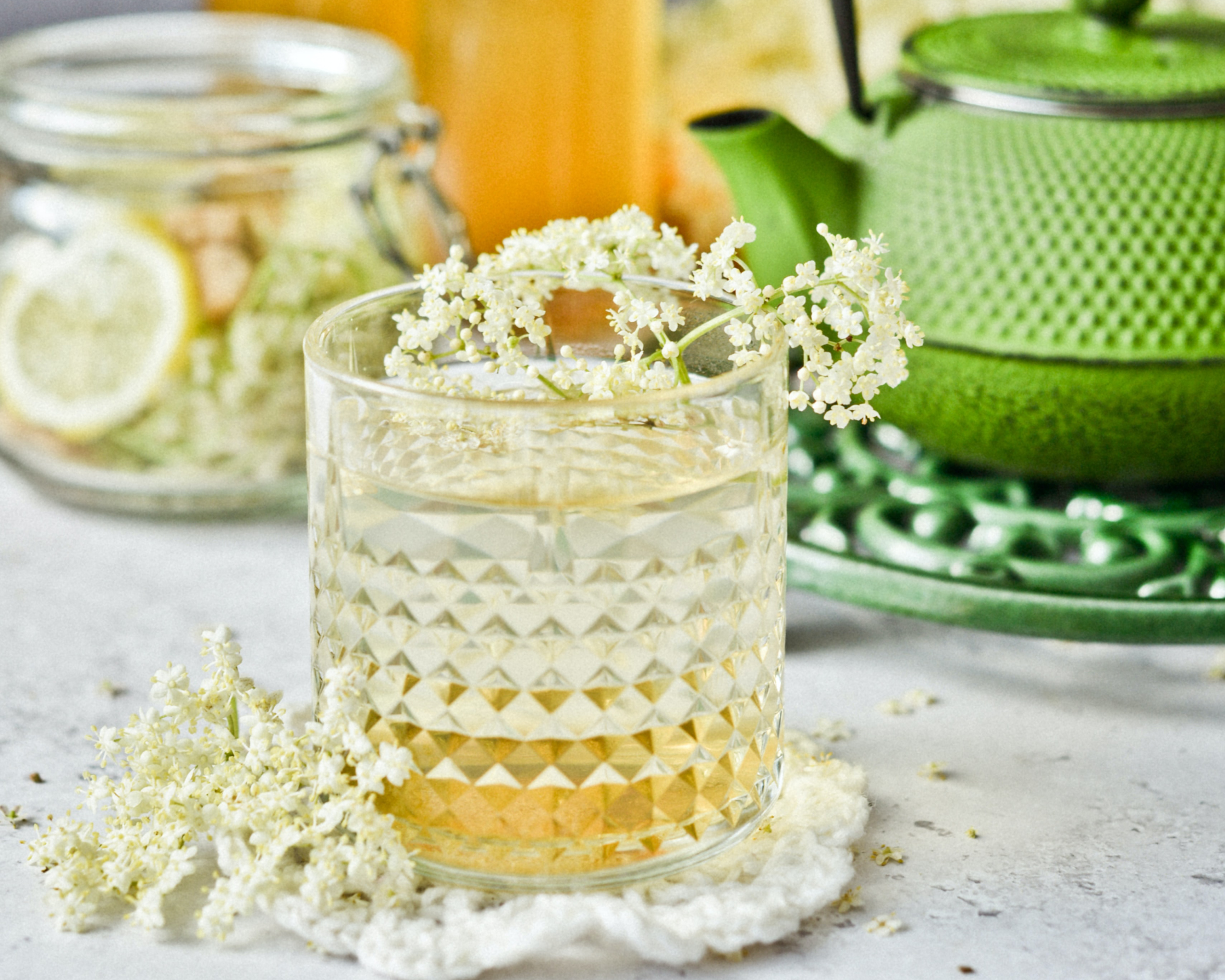Easy to prepare and packed with flavour, this home-made cordial recipe is the perfect summer drink! But first, let’s get into the history of cordials!
A MEDICINAL PAST
During the Renaissance, cordials were brewed up by Italian apothecaries, who prescribed them to ‘revive the spirit’ and cure a number of physical ailments. These medicinal concoctions – which contained herbs and spices steeped in an alcohol base– were a far cry from the sweet cordials we know today. Next, fast-forward to the 19th century: Scottish shipbuilder Lauchlin Rose was in the process of establishing a side business providing vital supplies to passing ships. One of the items he dealt in was lime juice. Back then, they’d worked out that eating citrus fruit was essential for preventing scurvy on long voyages when sailors didn’t get enough fresh fruit and vegetables. Infact, The Merchant Shipping Amendment Act of 1867 made it compulsory for British ships to carry lime juice, in an effort to prevent malnourished sailors getting sick.
LOCAL FLAVOUR
At home, South African producers have begun to catch on to the charms of this old-fashioned drink, creating infusions of fruit with indigenous herbs such as buchu and rose pelargonium. You can recreate this unique flavour profile with dried leaves from your own garden, or get hold of a pure herbal tea. It may seem like a daunting endeavour to the average cook, but making a cordial is in fact a pretty straightforward process of brewing a sugary base of simple syrup and adding fruits, flowers or herbs (besides lime and lemon, elderflower, lemon grass and ginger are popular), and allowing the syrup to take on the flavour. Keep a bottle of it on hand in the fridge: Sunburnt kids and dinner-party guests alike are sure to appreciate it.
BASIC LEMON CORDIAL RECIPE
Makes 1 L
INGREDIENTS
1.2 L boiling water
6 lemons (zest of 3, juice of 6)
900 g sugar
60 ml citric acid
METHOD
1. Place the boiling water, lemon zest and lemon juice in a pot. Warm over low heat, but do not boil. Add the sugar and stir until fully dissolved, then add the citric acid.
2. Remove the syrup from the heat, strain through a sieve and then leave to cool.
3. Pour the syrup into sterilised jars. Seal and store in the fridge for up to 3 weeks.
4. To serve, pour a small amount of cordial into a tall glass and top up with soda water. (To make it alcoholic, add a shot of gin or vodka before the soda.)
5. To garnish, add a slice of lemon and a sprig of rosemary for a herbaceous kick.
Tip: You can substitute the lemon with grated fresh ginger, granadilla pulp orpureed raspberries.
Words by Emma-Follet Botha | Photography







